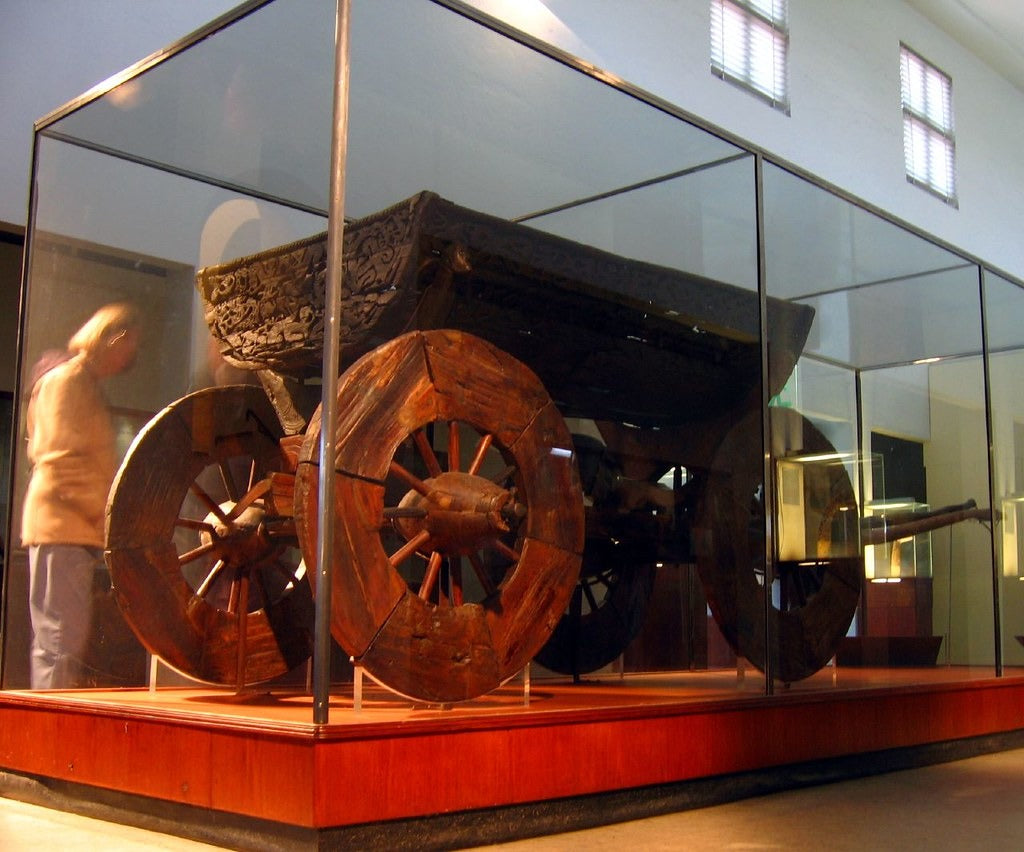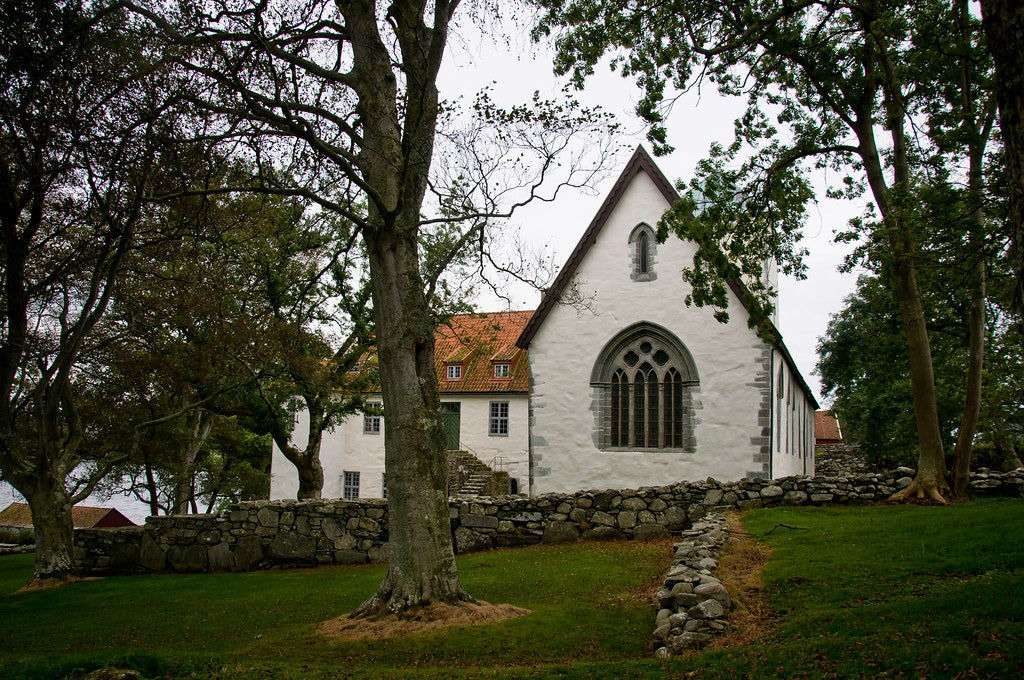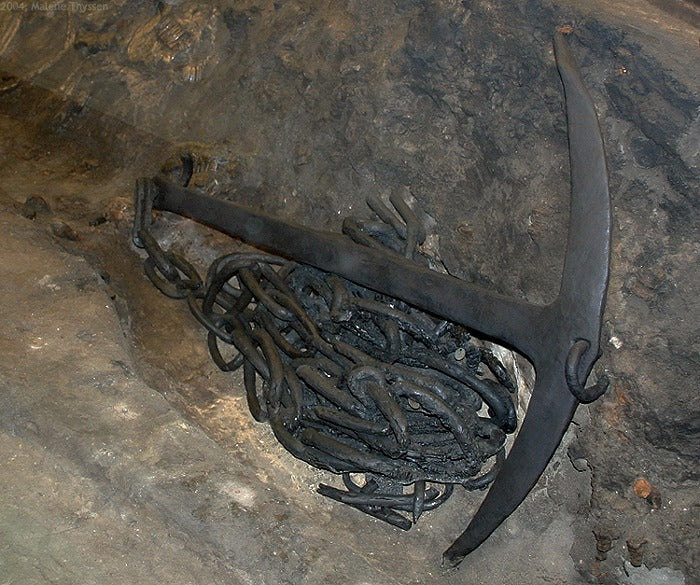
Preserving the Oseberg Sleds: A Critical Conservation Effort
In the annals of Viking history, the Oseberg find stands as one of the most significant archaeological discoveries. Among the treasures unearthed in the early 20th century are three intricately carved wooden sleds, unparalleled in their craftsmanship and historical value. These sleds, dating back to the Viking Age, offer a glimpse into the advanced artistry and cultural richness of the era. However, the preservation of these artifacts has posed a monumental challenge, necessitating an urgent and innovative conservation effort.
The Historical Significance of the Oseberg Sleds
The Oseberg sleds, discovered during the 1904 excavation of the Oseberg ship burial mound in Norway, are unique in their survival and detail. Each sled is a testament to the Vikings' sophisticated woodcarving skills, adorned with intricate designs that provide valuable insights into their mythology, daily life, and social structure. The sleds are not merely transportation devices; they are cultural relics that have weathered centuries, offering us a direct link to the past.
The Conservation Challenge

Art carvings on the Oseberg Wagon
Initial Preservation Methods
When the sleds were first excavated, conservators employed alum salts to stabilize the wooden fragments. While this method was state-of-the-art at the time, it has since proven to be detrimental. The alum salts have caused the wood to become extremely fragile, compounding the challenge of preservation.
Current Condition
Today, the sleds are in a precarious state. The wood has continued to deteriorate, and the iron rods that once held the pieces together have corroded. The sleds are primarily held together by a brittle crust of alum and an external layer of lacquer and glue. The immediate threat is that without a new conservation method, these invaluable artifacts may crumble beyond repair.
The Norwegian Government's Initiative
Recognizing the urgency of the situation, the Norwegian government has allocated nine million Norwegian Kroner in the revised national budget to fund a comprehensive research project. This initiative, spearheaded by the Museum of Cultural History at the University of Oslo, aims to develop a novel conservation method specifically for the Oseberg sleds.
Project Scope and Objectives
The project, titled "Saving Oseberg," is a six-year endeavor with a total projected cost of 53 million Norwegian Kroner. The primary objective is to devise a sustainable and effective conservation technique that can preserve the structural integrity and aesthetic value of the sleds. The initiative involves collaboration with an international network of experts in conservation science, wood chemistry, and Viking Age archaeology.
Leadership and Expertise
Susan Braovac, a renowned conservator at the Museum of Cultural History, leads the research project. Braovac and her team have already made significant progress in the preservation of smaller artifacts from the Oseberg find through previous research phases. However, the sleds present a unique challenge due to their size and complexity, necessitating a tailored approach.
The Research Strategy

Reproduction of a carved bedpost depicting a man's head frrom the Oseberg burial, Norway 10th century CE
Phase I: Assessment and Analysis
The first phase of the project involves a thorough assessment of the sleds' current condition. This includes detailed documentation, material analysis, and the identification of degradation processes. Advanced imaging techniques and non-invasive testing methods will be employed to gain insights into the internal structure and composition of the wood.
Phase II: Development of Conservation Methods
Based on the findings from the assessment phase, researchers will explore and develop potential conservation methods. This will likely involve the synthesis of new materials and the adaptation of existing technologies. The goal is to find a solution that can halt the degradation process while maintaining the historical authenticity of the sleds.
Phase III: Implementation and Monitoring
Once a viable conservation method is identified, it will be meticulously applied to the sleds. This phase will include continuous monitoring to evaluate the effectiveness of the treatment and make any necessary adjustments. The success of this phase is critical, as it will set a precedent for the conservation of similar artifacts worldwide.
Highest Priority
The urgency of this project is underscored by the remarks of Minister of Research and Higher Education Oddmund Hoel, who stated, "Securing the cultural treasures from the Viking Age is our highest priority. We are now building a fantastic Museum of the Viking Age to safeguard our unique collection. As part of this, we must secure the objects from Oseberg. When one of the most important archaeological finds in Norway is in acute danger of crumbling, we must act quickly. That is what we are doing now."
Implications for Future Conservation Efforts
The "Saving Oseberg" project is not only about preserving three Viking sleds; it represents a significant advancement in the field of archaeological conservation. The techniques and materials developed through this research could have wide-ranging applications, offering new solutions for the preservation of other historical wooden artifacts that face similar challenges.
Conclusion
The preservation of the Oseberg sleds is a task of monumental importance, requiring innovation, expertise, and international collaboration. The Norwegian government's commitment to funding this critical research underscores the cultural and historical value of these artifacts. As we forge ahead with the "Saving Oseberg" project, we are not only safeguarding a vital piece of Viking heritage but also advancing the science of conservation for future generations.
References
Norwegian Government. (2024). Norwegian Government Allocates Funding to Preserve Oseberg Sleds. Museum of Cultural History, University of Oslo. Retrieved from vikingtidsmuseet.no
"Wagon from Oseberg collection, Vikingskipshuset (viking ship museum), Oslo" by tuey is licensed under CC BY 2.0.
"File:Oseberg Wagon detail 2.jpg" by Annie Dalbéra from Paris, France is licensed under CC BY 2.0.
"Reproduction of a carved bedpost depicting a man's head from a Viking ship burial in Oseberg Norway 10th century CE (?)" by mharrsch is licensed under CC BY-NC-SA 2.0.








